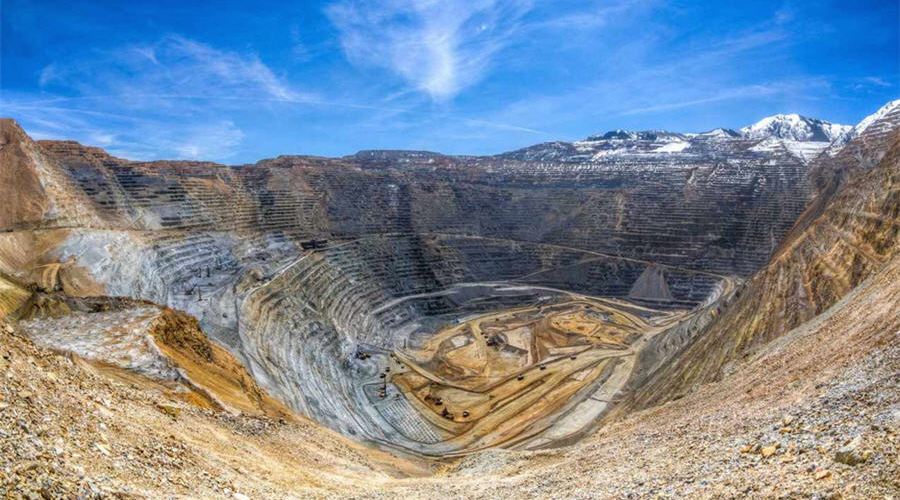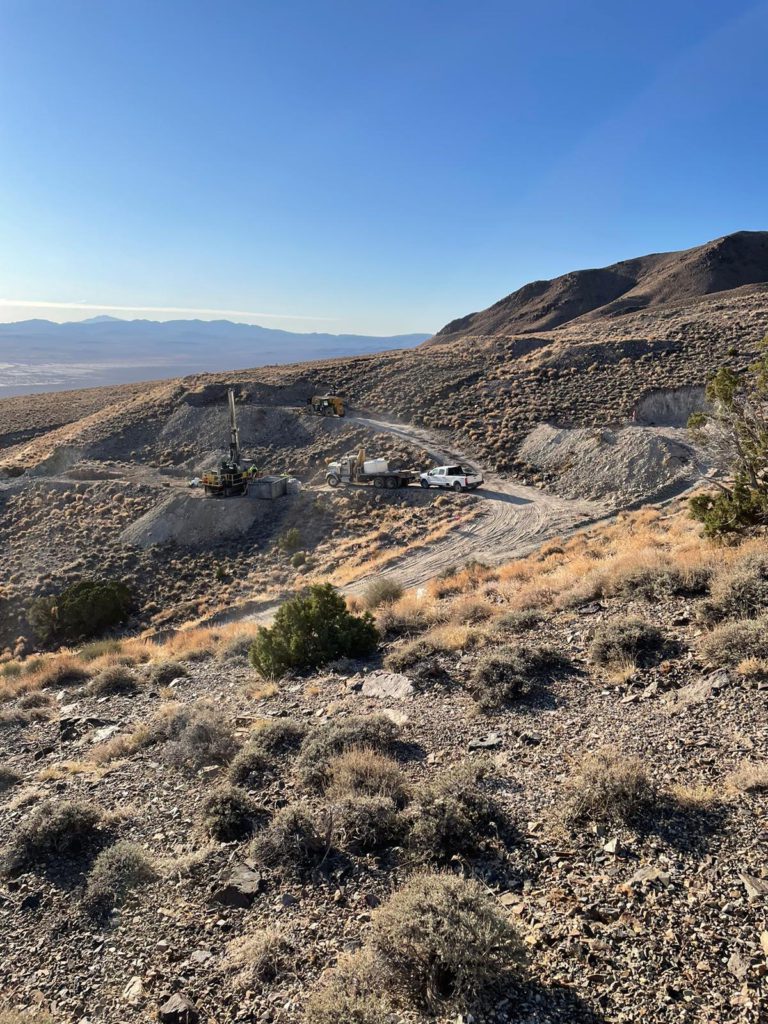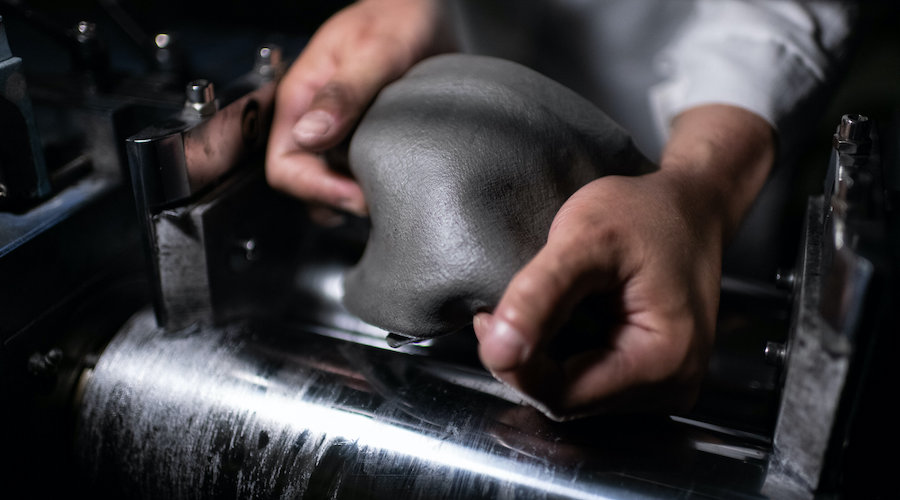Rio Tinto earmarks $55 million for underground development at Kennecott


The new underground ore will come from the mine’s Lower Commercial skarn, which has a measured resource of 200,000 tonnes at 2.52% copper, 1.27 grams gold per tonne, 10.56 grams silver per tonne and 0.056% molybdenum, Rio Tinto said.
Rio Tinto Copper chief executive officer Bold Baatar said the investment would help the miner build knowledge and capabilities as it evaluates larger scale underground mining at Kennecott.
“We are progressing a range of options for a significant resource that is yet to be developed at Kennecott, which could extend our supply of copper and other critical materials needed for electric vehicles and renewable power technologies,” the CEO said in the news release.
The company said it expects to complete a feasibility study in 2023 on the next phase of underground production, while other feasibility studies are underway to extend open pit mining at Kennecott beyond 2032.
Rio Tinto is testing battery-powered electric vehicles at the underground site to cut carbon emissions, improve employee health and increase productivity, the company said.
“Trialling underground battery electric vehicles is an exciting step in our work,” Baatar said. “We look forward to seeing their potential for deployment.”
Rio Tinto boosted the Kennecott operation in 2019 by committing $1.5 billion in investments over six years. It aims to produce almost 1 million tonnes of refined copper between 2026 and 2032. The company acquired Kennecott in 1989. It had begun in 1903 as the Bingham Canyon mine and has been called the largest ever man-made excavation.
The open pit operation’s measured resources as of the end of 2020 were 128 million tonnes of 0.46% copper, 0.24 gram gold per tonne, 2.12 grams silver and 0.02% molybdenum (0.65% copper equivalent).
This post has been syndicated from a third-party source. View the original article here.




